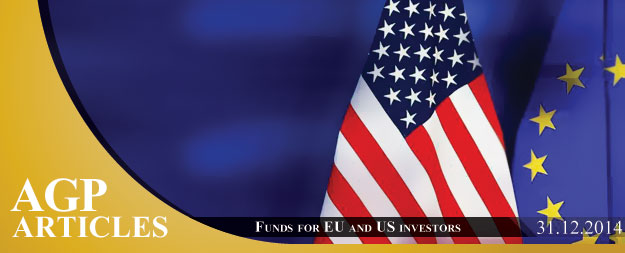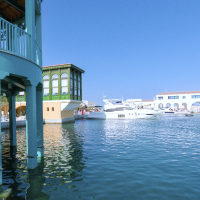
The first thing that needs to be done when setting up a fund is to have a clear vision of the fund raising process according to where the investors will be based. It is a strategy that will target the EU only, globally, or both.
Once that has been decided, the type of fund structure can be chosen.
If the goal is to attract investors in the US and EU, a popular choice is that of the Cayman Master/Feeder structure.
But if we focus on the US, you can divide US investors into 2 types:
- US tax payers, and
- US tax-exempt investors.
Those investors who pay tax would like to be taxed as though they are holding assets in a tax transparent structure, whereas those who do not pay tax, would like to be in a tax opaque structure where they are only taxed on returns made in the fund vehicle.
As there are 2 types of investor, it is only normal that there are 2 types of vehicles.
These 2 structures are referred to as the feeder funds. And then a master fund is also established making the Master/Feeder structure where the feeder funds provide many entry points into the master fund that holds the assets.
So where is this feeder fund usually set up?
Usually one feeder fund is in the Cayman Islands (this is for the US tax exempt investors), and the other is a Delaware partnership (US tax paying investors). Both are feeding the master fund which is usually a Cayman company and is tax transparent.
But you do not need to have a double layer of transparency. You can have a single master/feeder. In this case though you don’t have the tax-opaque Delaware partnership. This though does not allow you to keep the US tax paying investors completely separate from the rest for accounting purposes.
What about European Investors?
Lets now take a look at European Investors. Usually European investors prefer a regulated onshore route. Depending on where you set up the structure depends greatly on the amount of time and effort is needed in the set up process. The onshore route means heavy regulation and there are many serious regulation issues that need to be avoided.
This onshore regulated route benefits managers with regards to raising capital. Usually the most common fund structures for European Investment are:
- Irish Qualifying Investor Fund (QIF)
- Luxembourg Specialised Investment Fund (SIF)
- Cyprus Investment fund
For managers targeting European investment, the most common, but not necessarily the best option fund structures are the Irish Qualifying Investor Fund (QIF) and Luxembourg Specialised Investment Fund (SIF). Both are good options but they do not necessarily offer as much flexibility as that of the Cayman fund structure or the Cyprus fund structure, but they are both more flexible than UCITS (Undertakings For The Collective Investment Of Transferable Securities – A public limited company that coordinates the distribution and management of unit trusts amongst countries within the European Union).
The Cyprus Investment Fund is becoming more and more popular.
If we look a little closer at the Cyprus Investment fund, it is clear that it has significant tax incentives and enjoys 12.5% corporate tax income.
It also offers:
- Exemption from tax on profits from sale of shares and other financial instruments
- Exemption on profits on disposal of units
- Exemption from tax on foreign dividends received
- No withholding on interest and dividend payment made from Cyprus abroad
- A wide network of Double Tax Treaties with more than 45 countries.
- Cyprus offers additional benefits to hedge funds such as low cost of legal fees for setting up fund (compared to Luxembourg costs, Cyprus costs can be even lower than 50%).
- In general costs of fund administration and custodial services are cheaper than in other locations.
For legal and tax-planning advice, you can get in touch with our team.













